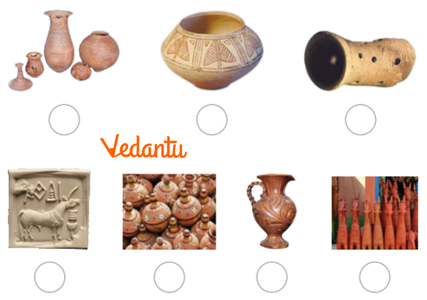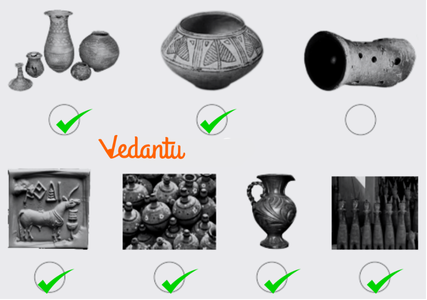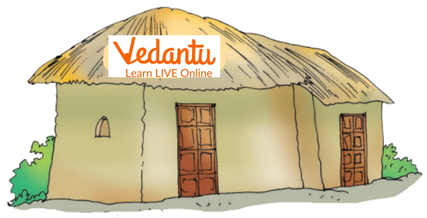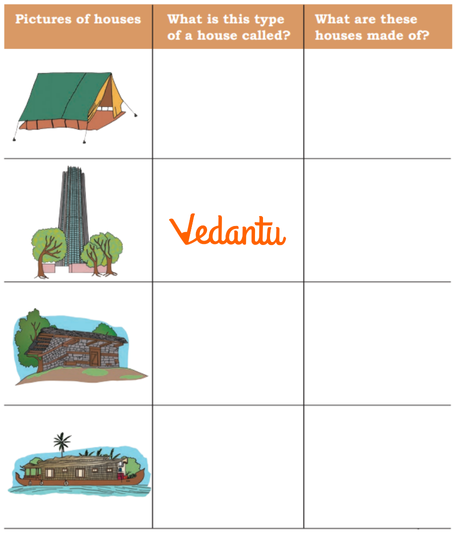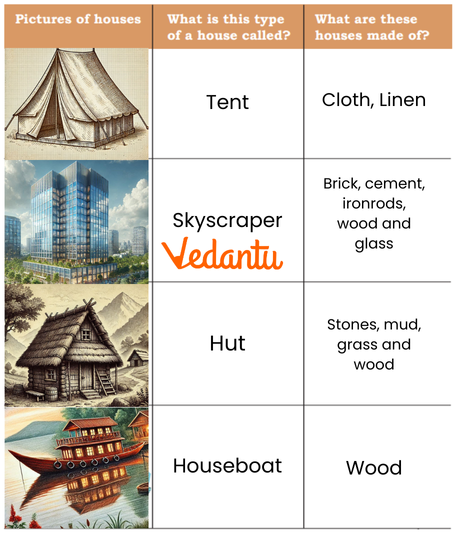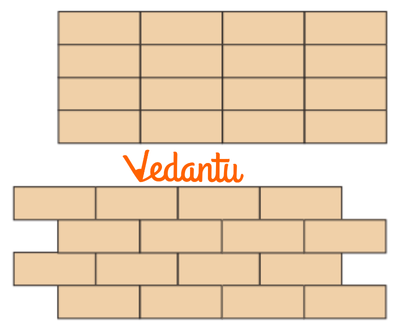Download NCERT Solutions for Class 3 EVS Chapter 11: Making Things - FREE PDF
FAQs on NCERT Solutions for Class 3 EVS (The World Around Us) Chapter 11: Making Things
1. What is the main topic of Chapter 11 in Class 3 EVS?
The chapter focuses on how different things, like toys and tools, are made using various materials and the steps involved in creating them.
2. What materials are discussed in the chapter?
Materials like clay, wood, metal, and paper are discussed, showing how they are used to make different items.
3. How do the NCERT solutions help in understanding this chapter?
The solutions provide easy explanations and step-by-step answers, helping students understand the processes of making different things clearly.
4. What kind of objects are explained in the chapter?
The chapter explains the making of everyday objects such as pots, toys, and other simple tools that we use at home or school.
5. Why is creativity important in making things?
Creativity helps in using different materials effectively to make useful and interesting items, which the chapter encourages students to explore.
6. How can students benefit from learning about the making process?
Students learn the importance of materials, the creativity involved, and the skills needed to make various things, helping them understand the value of everyday items.
7. What are the steps involved in making something as per the chapter?
The steps usually involve gathering materials, shaping them, assembling parts, and giving the item a final touch, which helps in understanding how things are made.
8. How does the chapter help in boosting observation skills?
By explaining how different objects are made, the chapter encourages students to observe and understand the creation process of things they see daily.
9. What is the role of different materials in making items?
Different materials like wood for furniture or clay for pots are used depending on their properties, which helps students understand why certain materials are chosen.
10. How can students use what they learn from this chapter?
Students can use the knowledge to try making simple crafts, understand the importance of materials, and appreciate the effort behind creating things.
11. How are NCERT solutions for this chapter useful for exam preparation?
These solutions cover all key points from the chapter in a simple manner, making it easier for students to revise and prepare for exams effectively.
12. What kind of questions are included in the NCERT solutions?
The questions include identifying materials, explaining steps in making things, and understanding the uses of different objects, which help in thorough learning.
13. How do these solutions make learning enjoyable?
The solutions simplify the concepts, making them easy to understand, which helps students enjoy learning about how different items are made and encourages creativity.






















